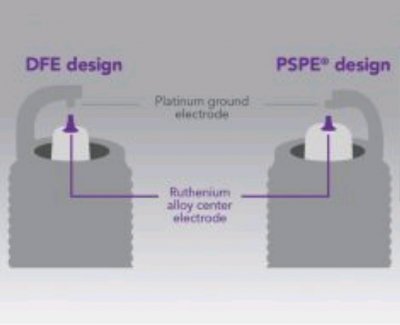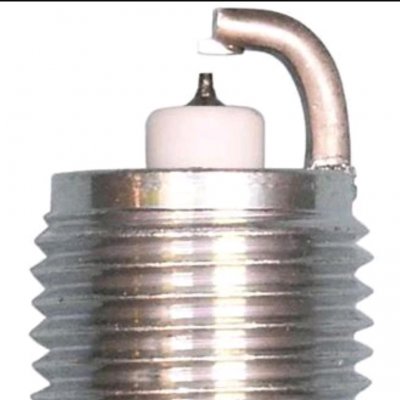I will most likely get these and give them a shot when I'm ready to do mine... what's the worst that could happen... lol
I was hoping to find a better deal somewhere else but so far RA seems to be the cheapest... maybe there will be some kind of rebate or sale or something before it's time for me to order them.
When I first heard of it, the name "ruthenium" and referring to spark plugs made me think it was a joke like the age-old "unobtainium" element.
Referring to the laminated Periodic Table of Elements I keep in my pajamas pocket... Nah, I just Googled it:
https://www.lenntech.com/periodic/elements/ru.htm
Compared to Iridium:
https://www.lenntech.com/periodic/elements/ir.htm
According to the info in those links, they're in the same group of elements and their key qualities are fairly similar other than their densities- ruthenium is almost half as dense. This prompted me to look up their hardness, which brought me to azom.com.
Iridium:
https://www.azom.com/article.aspx?ArticleID=9092
Ruthenium:
https://www.azom.com/article.aspx?ArticleID=9275
According to those, ruthenium is less hard than iridium on various scales and it's tensile strength is a massive 236,300 psi LOWER than iridium. I don't see tensile strength being much of a concern in this application, anyway.
This tells me the ruthenium is a softer metal than iridium which, at first thought, leads me to believe it'd wear down sooner than iridium. NGK's info says and shows the opposite- that it wears slower than iridium. Maybe iridium is actually TOO hard and more brittle than ruthenium and, in this application, wears slightly faster because it chips off more easily where ruthenium is more compliant to the sparks pecking at it?
Physical properties aside, I noticed the cost of the ruthenium plug (in our application) was over $3 higher than the iridium counterpart. So, I looked up the cost of the metals themselves and expected the ruthenium, especially with it being more rare, to be considerably higher. According to a generic Google search, the current cost of iridium is $520 per ounce and ruthenium is a fraction of that at $36 per ounce. This leads me to believe it's primarily a profit-growing change with it being a cheaper metal sold at the same or higher cost. Hell, they could sell the rutheniums for less than the iridiums to better kick off the change and still come out way ahead. But, underpricing a supposedly superior plug could raise doubt as it defies our programming of "premium price = premium product".
I'd love to see unbiased, third party scientific data comparing the two. But, as of now, it looks to be too new a product with no real world consumer experience and data to reference so any of us buying them now are guinea pigs. If the performance (as in durability and spark production, not power gains) actually IS better with the rutheniums, then maybe the extra few bucks is worth it. If you're not willing to spend the dough, then you could always stick to the tried-and-true iridiums that have been proven countless times to perform well beyond their recommended replacement interval.


